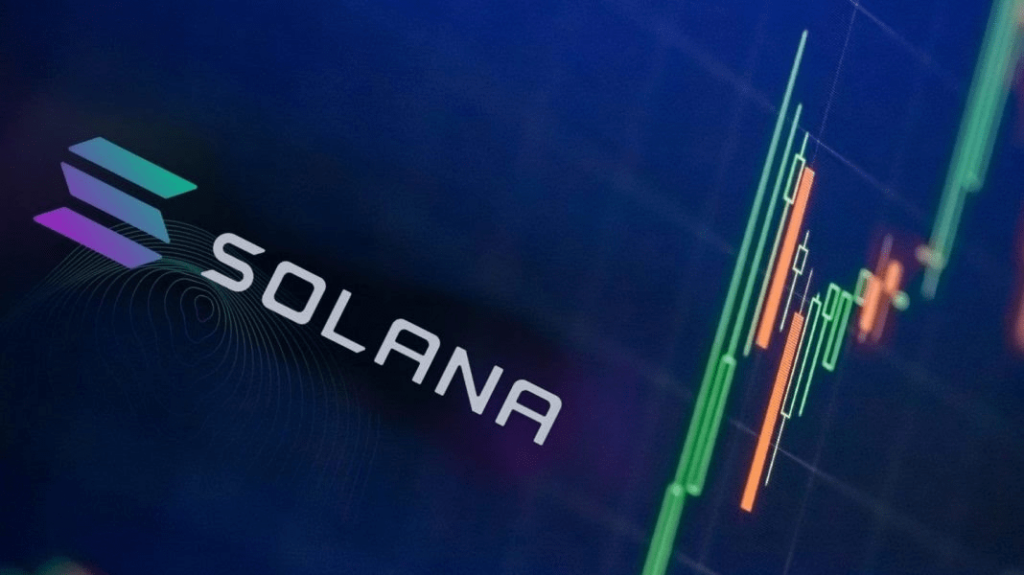Since its launch in March 2020 by Anatoly Yakovenko, Solana has emerged as a powerhouse in the cryptocurrency landscape, renowned for its unparalleled transaction speed and low costs. Combining Proof of Stake (PoS) with its innovative Proof of History (PoH) consensus mechanism, Solana addresses the scalability bottleneck that has plagued earlier blockchains like Bitcoin and Ethereum. By March 2025, Solana’s ecosystem has exploded with activity in decentralized finance (DeFi), non-fungible tokens (NFTs), gaming, and Web3, positioning it as a formidable competitor in the blockchain space. This article explores Solana’s technology, key features, ecosystem growth, challenges, and future potential as of early 2025.
1. Background and Motivation
1.1 The Blockchain Trilemma
The blockchain trilemma—balancing scalability, security, and decentralization—remains a core challenge. Bitcoin’s 7 TPS and Ethereum’s pre-Merge 15–30 TPS sacrificed scalability for security and decentralization. Solana’s design prioritizes high throughput without fully compromising the other two pillars, though trade-offs (e.g., hardware demands) persist.
1.2 Founding and Early Development
Anatoly Yakovenko’s vision, crystallized in his 2017 PoH whitepaper, tackled the inefficiency of consensus-driven transaction ordering. Launched in 2020, Solana quickly gained traction with its promise of 65,000 TPS and sub-cent fees. Early adopters in DeFi and NFTs fueled its rise, despite initial skepticism about its stability.
2. How Solana Works (Updated)
2.1 Proof of History (PoH)
PoH timestamps transactions using a verifiable delay function (VDF), creating a cryptographically provable sequence of events. This pre-ordering slashes consensus overhead, enabling Solana’s high throughput. By March 2025, PoH’s efficiency remains a cornerstone of Solana’s edge, though network stress tests reveal limits under extreme loads.
2.2 Proof of Stake (PoS)
Solana’s PoS layer secures the network, with validators staking SOL to participate. As of 2025, over 50% of SOL’s circulating supply (~300 million SOL out of ~580 million) is staked, yielding ~5–7% annual rewards. This hybrid PoH-PoS model balances speed and security.
2.3 Tower BFT Consensus
Tower BFT, optimized with PoH, achieves rapid finality (~400ms). In 2025, upgrades like Firedancer (a second validator client) enhance fault tolerance, reducing outage risks and reinforcing Solana’s reliability.
3. Key Features of Solana (Updated)
3.1 High Transaction Speed
Solana’s theoretical 65,000 TPS holds under optimal conditions, though real-world averages range from 2,000–4,000 TPS in 2025, still outpacing most competitors. Sharding-free scaling keeps it lean and fast.
3.2 Low Transaction Fees
Fees remain negligible at ~$0.00025 per transaction, a fraction of Ethereum’s post-sharding $0.10–$0.50. This cost advantage drives adoption in microtransactions and NFT minting.
3.3 Fast Finality
Sub-second finality (~400ms) persists in 2025, enabling near-instant user experiences in gaming and trading—key to Solana’s appeal.
3.4 Scalability
Horizontal scaling via hardware improvements (e.g., faster CPUs, more validators) sustains Solana’s growth. By 2025, over 2,500 validators support a robust, globally distributed network.
4. Use Cases and Ecosystem (Updated for 2025)
4.1 Decentralized Finance (DeFi)
Solana’s DeFi ecosystem thrives, with TVL surpassing $10 billion by March 2025 (up from $1 billion in 2023).
- Raydium: A top AMM with $2 billion+ in liquidity.
- Serum: Revived post-FTX collapse under community governance, powering DEX trading.
- Drift Protocol: A high-speed perpetuals trading platform gaining institutional traction.
4.2 Non-Fungible Tokens (NFTs)
Solana hosts ~20% of global NFT volume in 2025, trailing Ethereum but leading in cost efficiency.
- Magic Eden: Processes $3 billion+ in annual trades, expanding to cross-chain support.
- Solana Monkey Business: A resurgent collection driving cultural hype.
- Tensor: A rising marketplace with AI-driven pricing tools.
4.3 Gaming and Metaverse
Solana’s speed powers immersive Web3 gaming.
- Star Atlas: A AAA metaverse title with 500,000+ active users in 2025.
- Aurory: A play-to-earn hit with $50M in player earnings.
- StepN: Evolved into a fitness DAO, distributing $100M+ in SOL rewards.
4.4 Web3 and DAOs
Solana anchors Web3 innovation with tools like:
- Phantom Wallet: 10M+ users, integrating DeFi and NFT features.
- Squads: A DAO framework managing $1B+ in treasury assets.
5. Challenges and Risks (Updated)
5.1 Network Outages
Solana’s history of outages (e.g., 17-hour downtime in 2021) has improved but not vanished. A 2024 bot-driven overload caused a 4-hour halt, though Firedancer’s 2025 rollout has cut downtime frequency by 80%. Stability remains a work in progress.
5.2 Centralization Concerns
High hardware requirements (e.g., 12-core CPUs, 128GB RAM) limit validator diversity. By 2025, ~2,500 validators operate, but 33% of stake is held by the top 20, raising centralization flags compared to Ethereum’s 500,000+ validators.
5.3 Competition
Ethereum’s sharding (2025) and Layer 2s narrow Solana’s speed gap, while Avalanche and Aptos challenge its DeFi and NFT niches. Solana’s ecosystem depth keeps it ahead, but differentiation is key.
6. Future Outlook (Updated for 2025 and Beyond)
6.1 Network Upgrades
- Firedancer: Live in 2025, boosting TPS to 1M+ in testnets and enhancing resilience.
- QUIC: Fully implemented, reducing packet loss and improving real-world throughput to 5,000–10,000 TPS.
- Stake-Weighted QoS: Prioritizes high-stake validators, stabilizing peak loads.
6.2 Increased Adoption
- Solana’s ecosystem grows 20% QoQ in 2025, with DeFi TVL projected to hit $20 billion by 2026.
- Institutional players (e.g., Jump Crypto) expand SOL-based HFT and staking products.
- Mobile adoption via Solana Saga (2023 phone) drives retail use, with 1M+ devices sold by 2025.
6.3 Potential Price Impact
- SOL trades at $150–$200 in March 2025 (hypothetical based on trends), up from $100 pre-2024 Bitcoin halving.
- Staking demand and ecosystem growth could push SOL to $300–$400 by 2027, assuming macro stability and no major outages.


